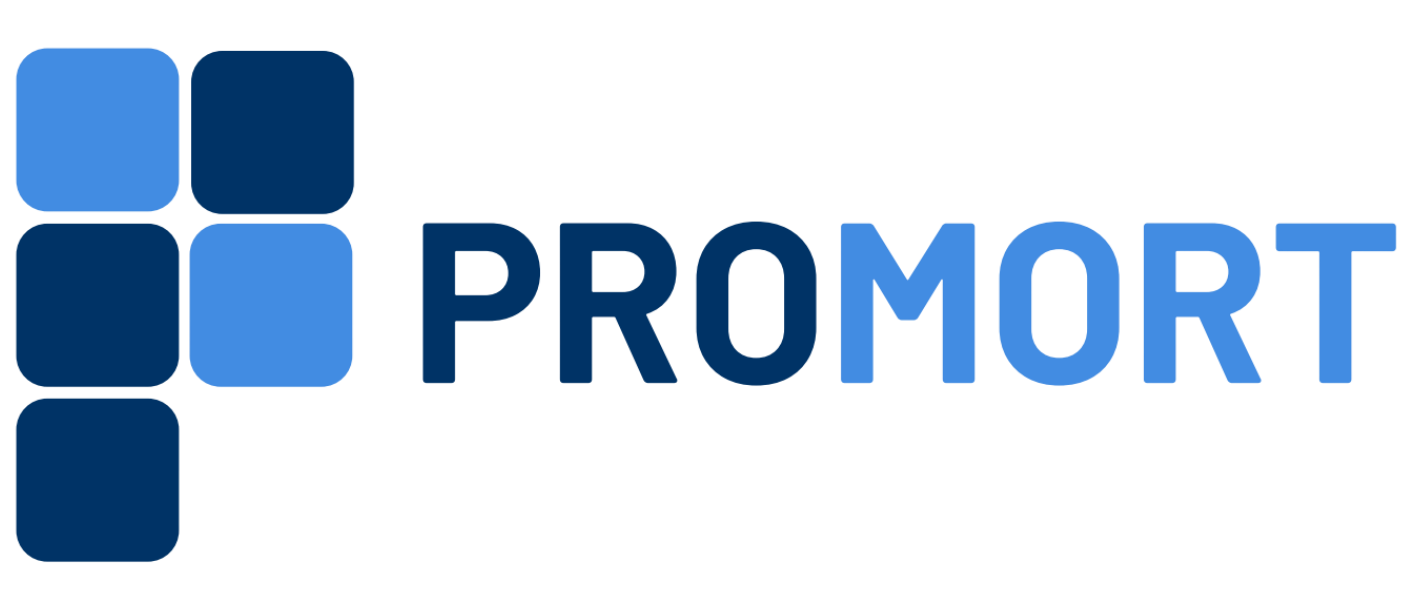Today’s homebuyers face a frustrating reality: a severe shortage of homes for sale. This problem of housing being in low supply is a standard in the current landscape of real estate. In between the hustle and bustle of vastly busy urban centers and the humbleness of sleepy suburbs, the same scenario plays itself out for buyers. The current state of affairs is that there are more than adequate buyers than there is supply, thus quite fierce competition, high home prices, and extensive search periods for the buyers. We find reports of bidding wars, concessions of contingents, and buyers who notch up offers way above the price of the house.
The issue of homes for sale is a result of issues such as increased construction costs, labor shortages, and restrictive zoning, which in turn slow growth in the housing market and widen the gap between what is available and what is demanded. At present, buyers are in a very competitive environment, which plays out in terms of price and choice, which in large part affects first-time home buyers and lower-income individuals. If we do not see policy and development strategy changes, the housing crisis will continue to play out, which in turn will lead to a great increase in affordability issues for many prospective buyers.
In addition, this problem is not only impacting the home buyers, but also an economic and community development problem altogether. In this blog, we shall look at the issues that undermine the housing stock and what we might see in the future. We shall examine the playing of economic forces, trends in the demography, as well as decisions in policy that have shaped the current market. From these underlying causes, it can also be put forward that the, which could result in a balanced and sustainable housing market.
What’s Causing the Shortage?
At present, we are at a level of home supply crisis, which is experiencing a massive deficiency of homes available. This is not because of one problem but rather an array of associated issues that have made the amount of new properties Services produced decrease while the demand is high.

Several factors have converged to create this challenging situation for homebuyers:
- The Lock-In Effect: A significant contributor is the “lock-in effect.” Millions of homeowners secured historically low mortgage rates in the years following the 2008 financial crisis and during the pandemic. At present, with rates much higher, these homeowners are not willing to sell out as they would be putting themselves into a much more expensive mortgage.
- Slow New Construction: For many years, new home construction has been behind demand. This can be attributed to several factors, including:
- Land Availability and Regulations: Zoning restrictions, permitting processes, and a shortage of developable land can hinder new construction.
- Labor and Materials Issues: We see fluctuating material prices, which, in addition to a lack of skilled labor, are pushing up home construction costs, which in turn is making it less attractive for developers to take on new projects which include those of affordable housing.
- Demographic Changes: The large millennial generation is now at the age at which they are buying homes, which in turn is increasing demand. Also, we see that the aging population is a factor that is seeing many choose to stay in their present homes longer.
- Investment in Real Estate: In some markets, what we are seeing is that investors are buying up properties, which in turn reduces the supply available to the average home buyer.
Current Market Dynamics
The housing market’s a bit of a puzzle right now. While higher mortgage rates are cooling demand, we’re still stuck with a serious shortage of homes, which is keeping prices stubbornly high in many areas. This is a harsh environment we observe as the case to an extent, for first-time buyers who are being squeezed out or having to struggle very hard to secure the few houses available in the market.
The real estate market is not a monolithic body. We find huge variations from area to area. Geographical economic issues, an increase in population growth, and supply and demand problems contribute to the different characteristics that each housing market has. For example, a city that is expanding extremely quickly and has a vibrant tech industry may experience significantly higher demand and increased rates of price rises than a countryside area that is experiencing a decrease in population. Issues like tariffs (see how they play into mortgage rates and affordability – Tariffs and Mortgage Rates) also play a role in the housing market by changing the cost of imported building materials.

Will It Ever End?

The prediction on the future of the housing market is a difficult question, but does not have a clear-cut answer that answers the question of when the inventory shortage will be over. However, there are also several prominent factors and possible shifts that may affect the market in the years to come.
-
- Factors Influencing Future Inventory:
- One important point that needs to be taken into consideration is the possible growth of new construction. Although the land access, regulation, and cost problem remain, we are witnessing increased demand for raising the housing stock. In the local, state, and federal levels, we might see changes in policies that will facilitate development and make the building process better. Also, there is an introduction of technology and new build methods, which will subsequently lead to more effective use of time and cost.
- Factors Influencing Future Inventory:
- Market forces and policy responses:
-
- But in the end, we have a seesaw between market forces, policy responses, and change in what a home buyer or seller wants, that lastly will ultimately dictate the trend of housing inventory. Currently, we do observe problems, but the real scale of opportunities for innovation and development towards a more balanced housing market remains.
Long-Term Outlook and Potential Solutions
The situation with the housing inventory crisis will call for a long-term approach because there is no short-term solution. In effect, we need to provide total solutions to this problem. In addition, it is of the essence that prospective buyers research techniques they can use to get the best mortgage rates (Insider Tips for the Best Mortgage Rate), which greatly improve affordability in the long run.
These solutions may include:
- Examination of alternative housing-type gambits such as accessory dwelling units (ADUs), manufactured homes, and co-living.
- Support is provided to the sustainable urban development, where density and efficient land use are the priority.
- Enhancing public and private sector cooperation to harmonize incentives and ease development processes.
The Consequences of Prolonged Low Inventory
A prolonged period of low housing inventory can have several negative consequences:
- Affordability Crisis: With the costs continuing to increase, homeownership is becoming less and less affordable to many of them, first-time buyers, low and moderate-income families among others. This may drive inequality in income and we see a wedge appearing between the buyers and those who are not in the market.
- Economic Impact: Low inventory is something that dampens growth – if people cannot find affordable homes within commuting distance to job markets, then they may not move for a job and there is labor shortage and loss in productivity.
- Social issues: Homelessness will be a consequence of housing instability, which also causes increased levels of stress and anxiety. As families that are forced to seek affordable housing report moving quite often, the growth and development of children are also affected.
FAQ’s
- Why Is U.S. Housing Inventory So Low?
The U.S. housing inventory is still very low, which is a result of many issues. We see high levels of construction costs, labor shortages, and supply chain disruptions, which play into the low rate of new home construction. Also, in some states, we have very restrictive zoning laws and complex permit processes, which in turn slow development. These issues we are seeing play a role in what is now a large housing supply issue, which in turn is what is causing the present inventory issue.
- What Is the Current Housing Inventory in the U.S.?
As of March 2025, it is reported that the total housing inventory in the U.S. stands at 1.33 million units, which is an 8.1% increase from February and a 19.8% year-over-year increase. Although we see growth in these numbers, the unsold inventory at present, which represents a 4.0-month supply at the present sales pace, tells us that the market is still very much a seller’s market.
- Which State Has the Worst Housing Shortage?
California is reported to have the most serious housing crisis in the U.S. That which was reported gave the state an F grade in a national housing report, which noted a very low number of building permits issued in relation to population and very high housing costs. Also at play are issues of restrictive zoning laws and complex permit processes, which have played a role in this crisis.
- What Is Causing the U.S. Housing Shortage?
The U.S. has a housing crisis, which we may attribute to our inability to meet the growth in housing that comes with a larger population. Also contributing to this are increasing construction costs, supply chain issues, labor shortages, and restrictive zoning laws. What made it worse is the fact that we had the COVID-19 pandemic, which in turn disrupted the housing supply and affordability.
- How Long Will It Take to Correct the Housing Shortage in the U.S.?
At the present rate of development, we are to close the 4 million home supply gap in 7.5 years. But which region you live in will determine what that time frame looks like; in the South, for example, it may only take out 3 years to see improvements in the housing issue, while in the Midwest, some states may not see that deficit go away for up to 41 years.
Conclusions
The lack of housing inventory boils down to a multifaceted issue that does not yield to straight-forward solutions. Although we have seen a few indications that the market is changing, we are yet to go a long way before we can experience a massive increase in inventory. However, this is a clarion to buyers to exercise patience and endurance. To policymakers and industry players, we propose that we need to deal with the fundamental problems of the shortage if we are to have a more level playing field in the arena of housing. This is a complex problem that will need various interventions, ranging from current and alternative housing solutions, promotion of sustainable urban growth, and promotion of public and private sectors’ collaborations. We should aspire for a heterogeneous housing market, which will then act as the stabilizing force of the community in finances.
Ready to Conquer the Competitive Housing Market?
Avoiding the current housing market, riddled with low inventory and high prices, with a clear plan that considers your long-term financial objectives, is necessary. Homebuyers need expert advice to make adequate choices in a competitive atmosphere, and it is crucial to understand the entire financial base when faced with bidding wars and few choices.
Visit ProMort.com today and get the expert support you need to succeed in today’s challenging market. Get your free consultation NOW!


